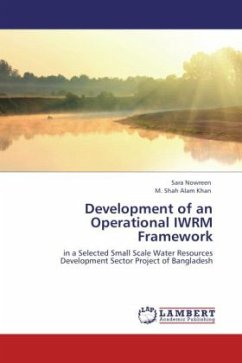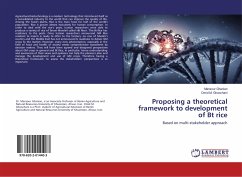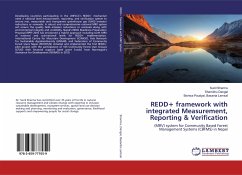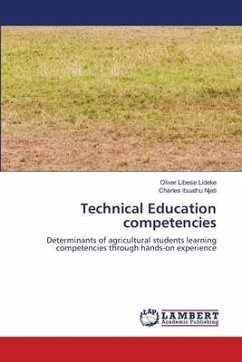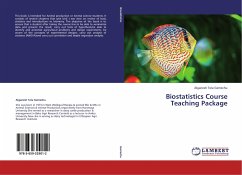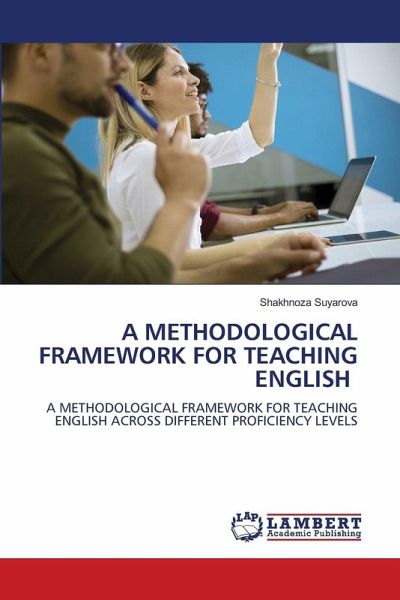
A METHODOLOGICAL FRAMEWORK FOR TEACHING ENGLISH
A METHODOLOGICAL FRAMEWORK FOR TEACHING ENGLISH ACROSS DIFFERENT PROFICIENCY LEVELS
Versandkostenfrei!
Versandfertig in 6-10 Tagen
29,99 €
inkl. MwSt.

PAYBACK Punkte
15 °P sammeln!
In an increasingly interconnected world, English has become the global lingua franca, essential not only for international communication but also for access to academic, technological, and professional opportunities. As the demand for English language learning grows, so too does the diversity of learners entering classrooms with vastly different proficiency levels, learning backgrounds, and needs. This diversity presents a central challenge for educators: how to teach English effectively across a spectrum of language abilities, from complete beginners to near-native speakers.Language proficien...
In an increasingly interconnected world, English has become the global lingua franca, essential not only for international communication but also for access to academic, technological, and professional opportunities. As the demand for English language learning grows, so too does the diversity of learners entering classrooms with vastly different proficiency levels, learning backgrounds, and needs. This diversity presents a central challenge for educators: how to teach English effectively across a spectrum of language abilities, from complete beginners to near-native speakers.Language proficiency is not a static trait but a dynamic process of development. Effective English language instruction, therefore, must be responsive to the learner's current stage of acquisition. Teaching strategies that succeed with beginners may fall short with intermediate or advanced learners, and vice versa. The Common European Framework of Reference for Languages (CEFR), among other models, provides auseful structure for identifying these stages, categorizing learners into levels from A1 (basic) to C2 (proficient).




